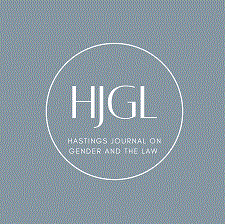
Abstract
One of the most important functions of the government is the provision of a free public education. While Brown v. Board of Education removed one obvious barrier to equal education opportunities—that of racially segregated education—it left in place another: the obstacle faced by poor school districts that wish to provide an education to their students on equal terms with the education offered by wealthier school districts. The disparities in the quality of education between districts and states are becoming more and more obvious as a growing obstacle to equity. The new Common Core State Standards, which are a single set of uniform educational standards for kindergarten through twelfth grade in English, language arts, and mathematics that states may voluntarily adopt, involves many of these factors; and the hope it is that it will affect the future of education for the better—increasing equity, opportunity, and mobility for students throughout the country. This paper looks back at the history of governmental authority and public school financing in K-12 education, and then analyzes the role of the new Common Core State Standards Initiative in education equity going forward.
Recommended Citation
Neelam Takhar,
No Freedom in a Ship of Fools: A Democratic Justification for the Common Core State Standards and Federal Involvement in K-12 Education,
26 Hastings Women's L.J. 355
(2015).
Available at: https://repository.uclawsf.edu/hwlj/vol26/iss2/6

